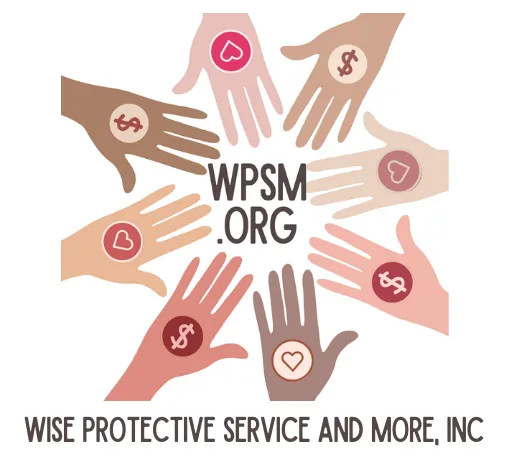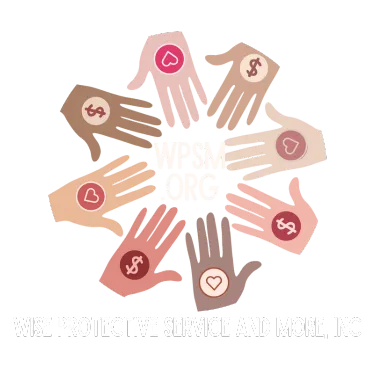DON’T WAIT! GET HELP!
Seeking assistance demonstrates strength rather than weakness.
Domestic violence is a serious issue that affects millions of people around the world. It is a pattern of behavior in which one person in an intimate relationship uses emotional, sexual, or economic abuse (e.g. physical violence, coercion, threats, intimidation, isolation, etc.) to gain or maintain power and control over their partner. Domestic violence has far-reaching consequences for all involved, including physical, emotional, economic, and psychological harm. It can lead to lasting trauma and even death. It is imperative to recognize the signs of domestic violence and provide resources and support to those affected.
There are several types of domestic violence:
Physical Abuse
This involves any form of physical harm or violence, such as hitting, punching, kicking, slapping, or using weapons.
Emotional or Psychological Abuse
This includes tactics aimed at undermining a person's self-esteem, control, or mental well-being. It can involve intimidation, humiliation, verbal insults, threats, gaslighting, or isolation.
Sexual Abuse
This refers to any non-consensual sexual activity or behavior inflicted on a person, including rape, sexual assault, coercion, or forced participation in sexual acts.
Financial Abuse
This involves controlling or exploiting a person's financial resources, restricting their access to money, withholding financial support, or using finances as a means of manipulation or control.
Verbal Abuse
This involves the use of abusive or harmful language in a domestic relationship. Language can be threats, insults, or intimidation which can cause emotional and psychological damage to victims.
Digital or Online Abuse
With the rise of technology, this form of abuse includes harassment, stalking, monitoring, or threatening behavior through electronic devices, social media, or online platforms.
Don’t Wait! For anonymous, confidential help available 24/7, call the National Domestic Violence Hotline at 1-800-799-7233 (SAFE) or 1-800-787-3224 (TTY)
Safety Tips for Domestic Violence Situations
If you or someone you know is in an abusive, unhealthy situation, here are some safety tips for dealing with domestic violence situations:
1. Create a safety plan: Develop a plan to protect yourself and any children involved. This may include identifying safe places to go, memorizing emergency contact numbers, and having important documents and resources readily available.
2. Reach out for support: Contact local domestic violence hotlines or organizations for guidance, support, and resources. They can provide information on shelters, legal assistance, counseling, and safety planning.
3. Trust your instincts: If you believe that a situation is becoming dangerous, trust your instincts and take steps to remove yourself from harm's way. Find a safe space or just leave the unsafe area.
4. Keep evidence of abuse: Maintain a record of incidents, including dates, descriptions, and photographs of injuries. This documentation can be useful for legal purposes or obtaining protective orders.
5. Share your situation with trusted individuals: Confide in friends, family, or professionals you trust about your situation. They can offer emotional support and help you devise a safety plan.
6. Use technology safely: Be cautious about your online activities and consider using devices and accounts that the abuser cannot access. Change passwords frequently and utilize privacy settings.
7. Develop a code word or signal: Establish a code word or signal with trusted friends or family members to indicate when you need immediate help or support.
8. Practice self-care: Focus on your well-being by engaging in activities that promote self-care and reduce stress. This may include exercise, therapy, meditation, or pursuing hobbies.
Remember, safety plans should be tailored to your specific circumstances, and it's crucial to involve professionals who can provide expert advice and assistance.
© COPYRIGHT 2025. | WPSM.ORG | All RIGHTS RESERVED
TERMS & CONDITIONS | PRIVACY POLICY | COOKIES POLICY
A 501(c)(3) organization and Tax ID: 46-0965134










